Web-based augmented reality is an excellent option for brands looking to engage consumers across digital and physical channels. Web AR is more effective than its app-based counterpart because it requires no application to download, which is an additional step many users would prefer to do without.
Web AR technology also integrates well with your existing marketing platforms and ad channels, as its versatility is only limited by a developer’s creativity. Its distinct advantages have caught the attention of companies the world over.
For example, Web AR technology’s revenue is set to grow at a compounding rate of 86.3% over the next few years. Web AR is not only here to stay, it’s set to take over the marketing world. If you’re looking for inspiration on how to make this technology work for your brand, check out some of the best Web AR marketing examples below.
Toyota
Toyota used web-based augmented reality to allow customers to view life-sized models of the 2020 Corolla and Tacoma vehicles. The experience was immersive, featuring multiple touchpoints that customers could engage with to activate animations. These animations let users see the car in action. The experience included opening the sunroof, spinning the wheels, and switching the headlights on and off.
Toyota also took advantage of Web AR’s accessibility by allowing users to capture images of their experience to share with others. As web-based augmented reality requires no additional download on the user’s end, this helped boost visibility.

Source: Next Reality
Jackson Family Wines
Jackson Family Wines used Web AR technology to make deep connections and drive engagement with their customers by connecting winemakers to wine. Upon scanning a QR code, Siduri founder Adam Lee would jump out of a 3D wine bottle to perform a variety of interactive scenes designed to entertain.
WebAR-Adam would tell stories about the 25-year old winery across six different unique experiences. This enabled the brand to build strong personal connections with people while educating them about the brand and the award-winning wine they were drinking.
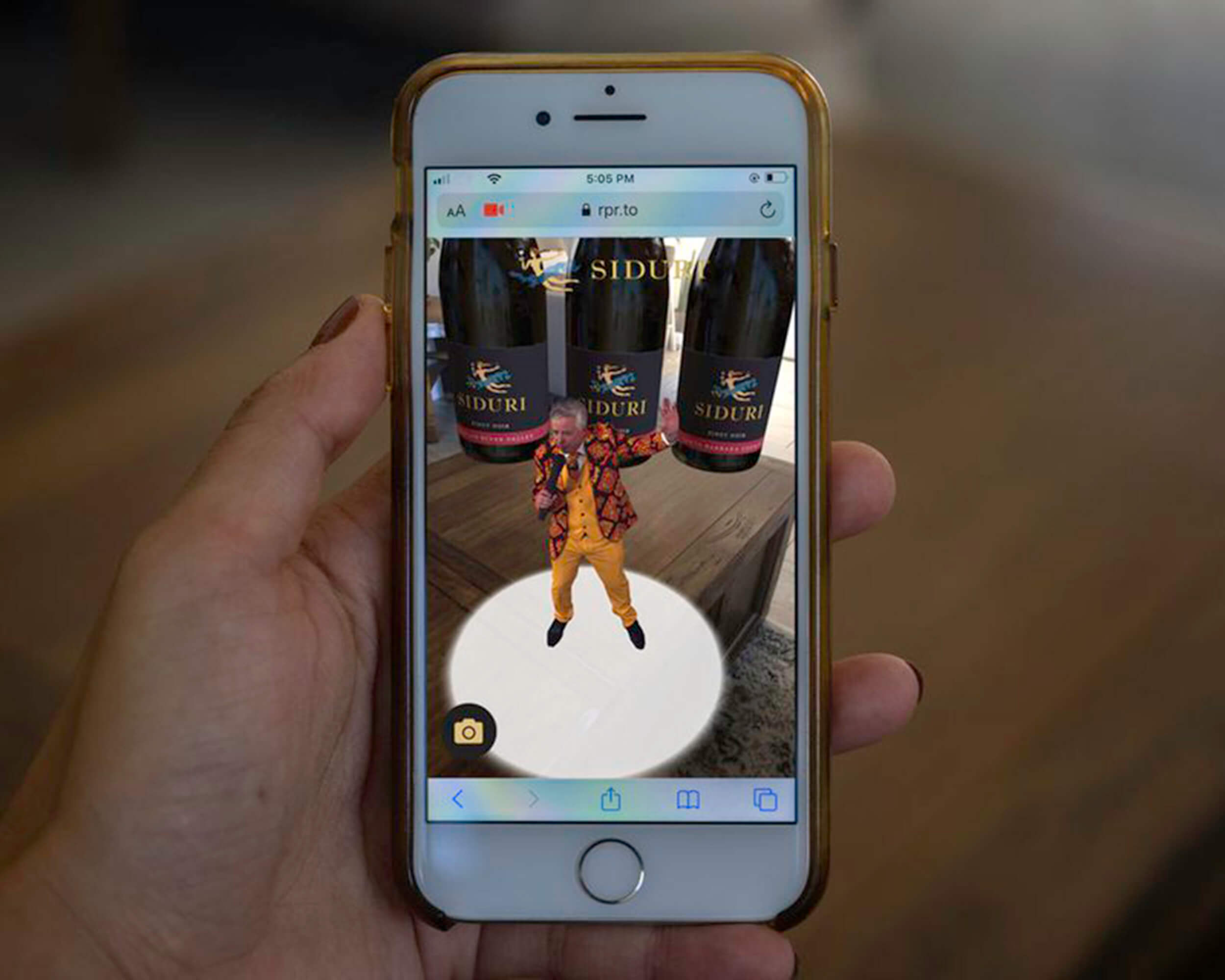
Siduri is a subsidiary of Jackson Family Wines and is a critically-acclaimed Pinot-Noir specialist
Image Source: Rock Paper Reality
Let’s chat
Not sure where to start? Book a free strategy call with us to get started! No strings attached.
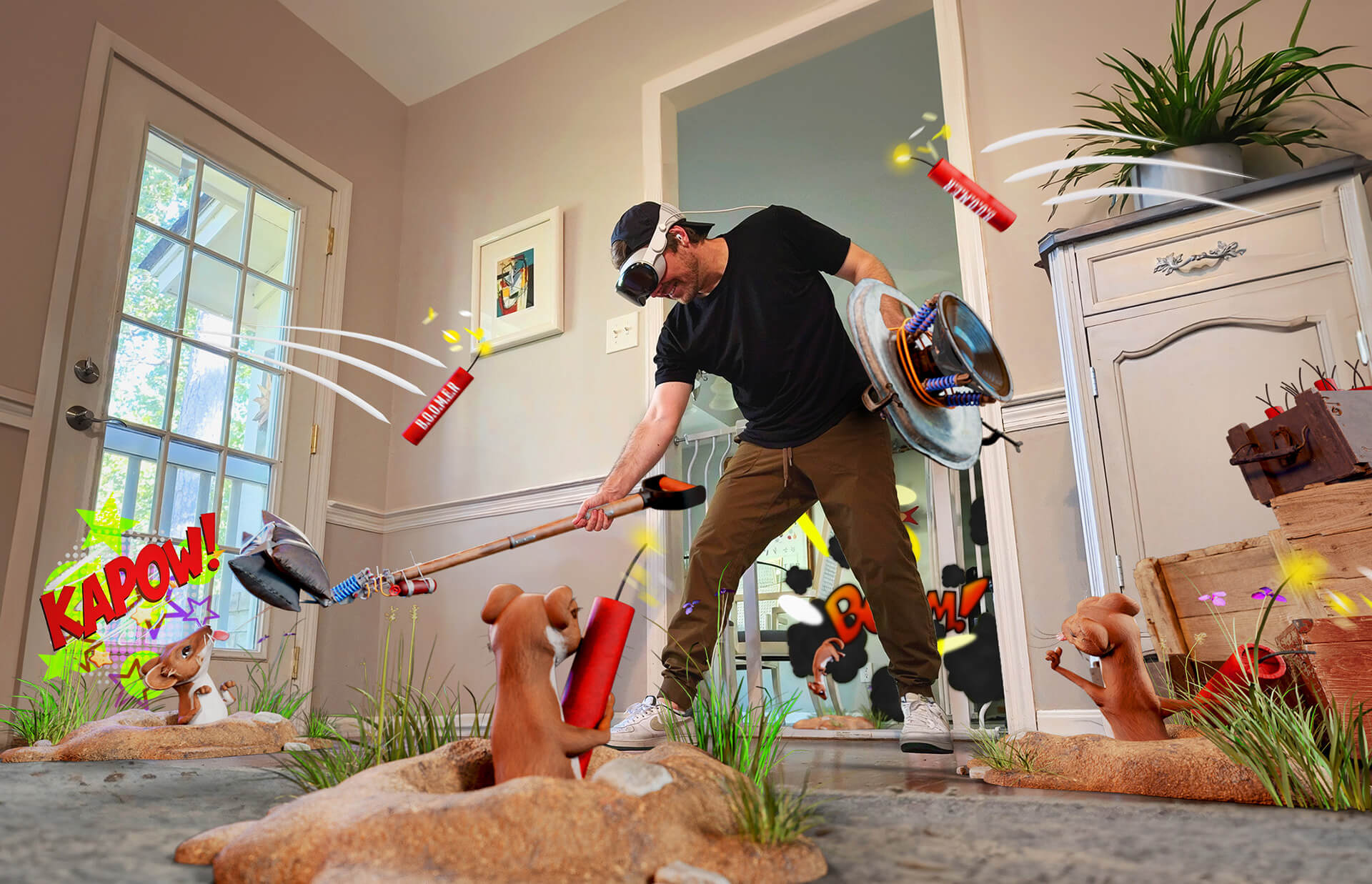
Miller Lite
Miller Lite used Web AR technology to get creative in celebration of St. Patrick’s Day. The experience was intuitive, activated by scanning the logo on a can of Miller Lite. Users were then directed to a special page on their website where an AR leprechaun would appear and performing entertaining tricks.
This campaign had two units- the 360° Portal and the Web AR Mini-Game. The Mini-Game had a 75% re-engagement rate while the campaign overall drove a 25% lift in Miller Lite favorability in association with St. Patrick’s Day.

Ally Bank and Monopoly
Ally Bank used webAR to power a campaign designed to drive brand-awareness while educating users about financial literacy. The campaign used a Monopoly-themed scavenger-type AR game to achieve the goals of making “money talk” less intimidating in a fun manner.
Financial education aside, Ally’s webAR experience hit a number of engagement high-points. The game achieved 100,000 plays in a week, largely through organic channels. The most impressive statistic is the 86% retention rate of users. This shows a very deep level of brand engagement made possible through interactive AR experiences.
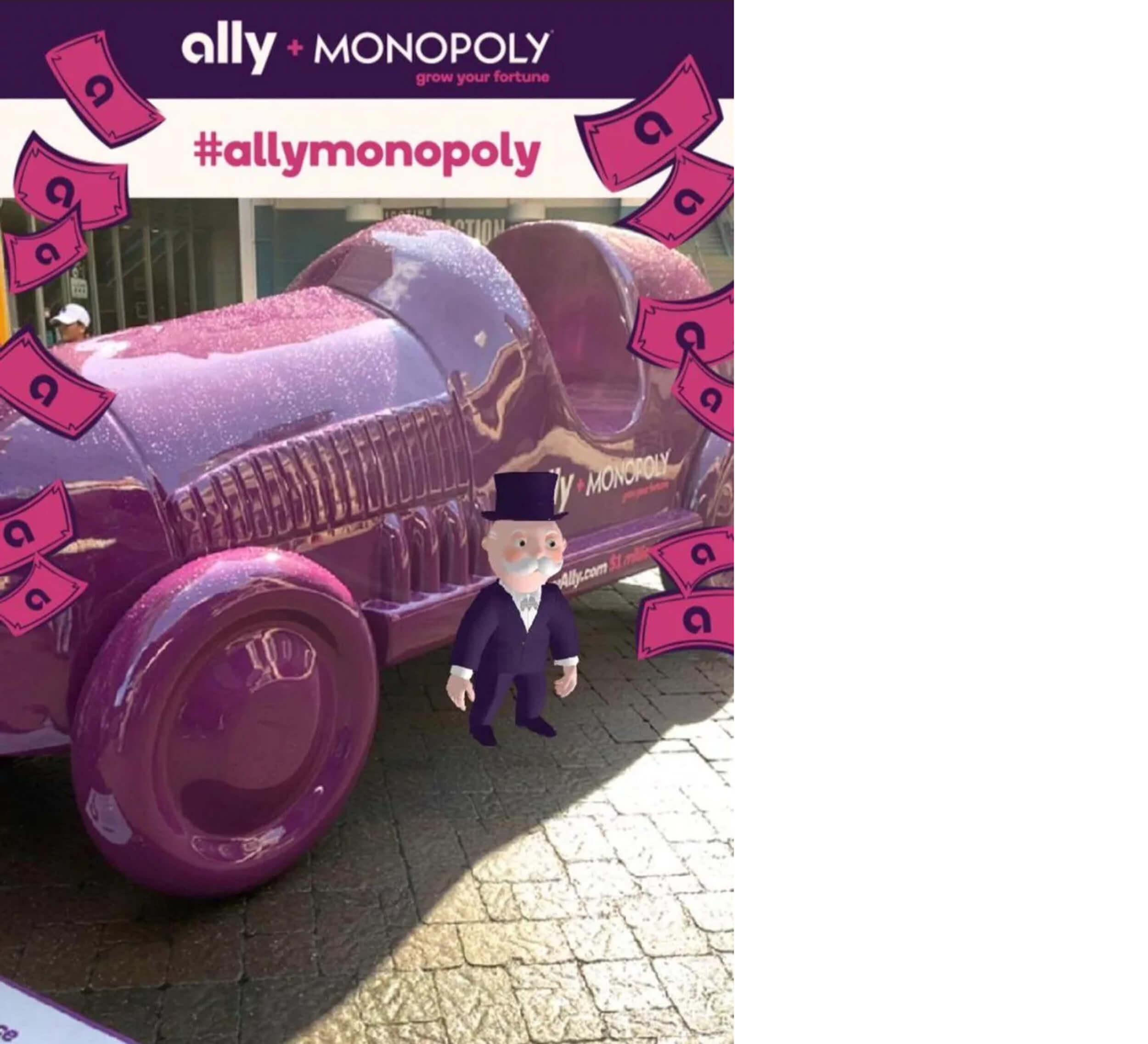
Prizes included up to $50 thousand dollars in cash and a brand-new Jeep® Wrangler
Image Source: Forbes
Keep up to date
Sign up to our newsletter for exclusive updates and content, delivered directly to your inbox.
Unilever’s CloseUp
Unilever’s CloseUP web AR experience was a hit, perfectly aligning their branding with fun. It was a twist on the 6-second blink test, but instead of blinking on the 6-second count, you kissed a loved one.
The experience drove engagement in-store and across social media in a unique, memorable, and interactive way. It was also effective in spreading CloseUp’s brand image and values by encouraging people to get close to and kiss those who are important to them. Feel-good and fun, it’s a perfect example of creatively using web-based augmented reality.
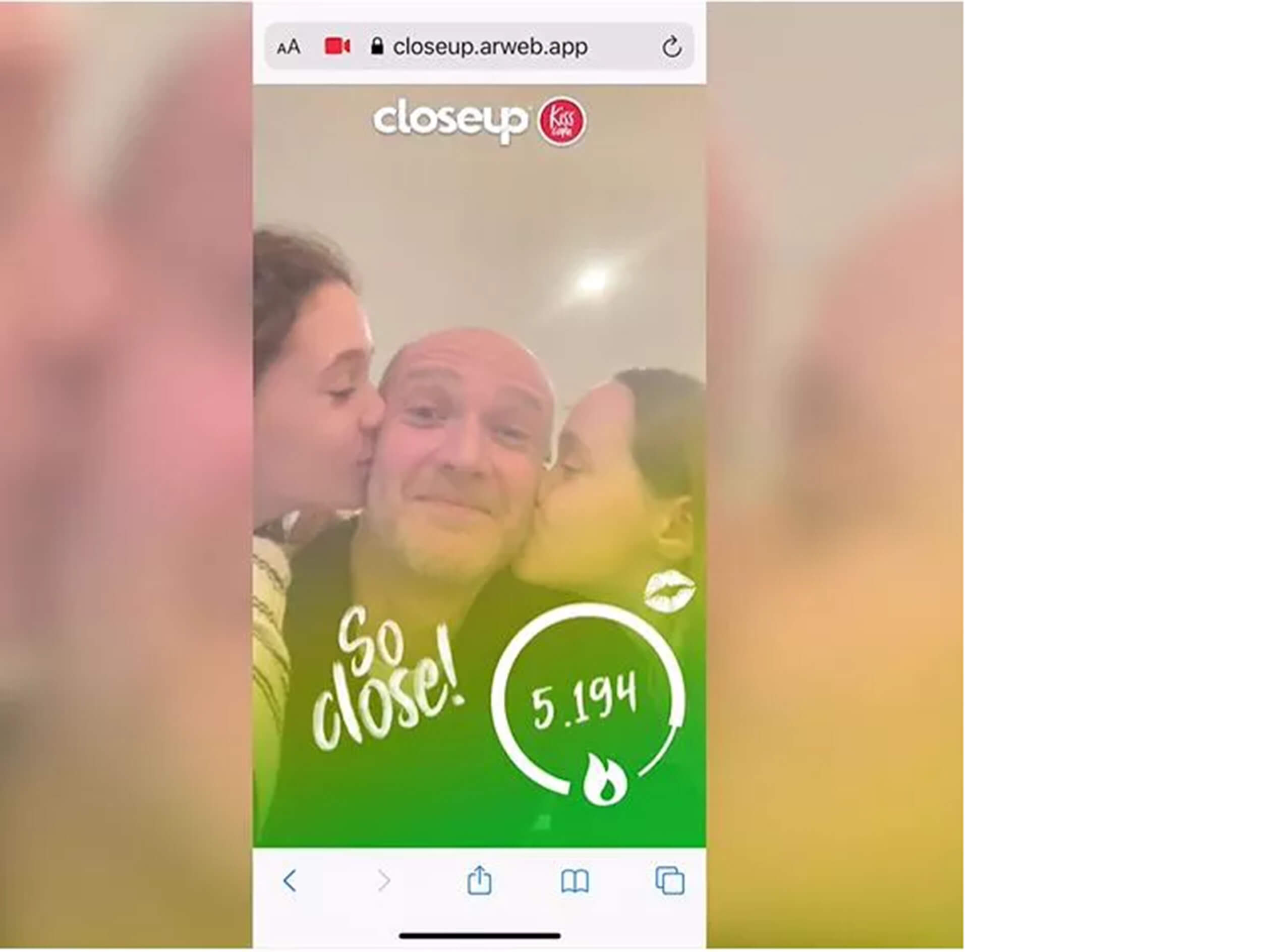
Making the most of Web AR’s widespread accessibility is a matter of creativity.
Jaguar
Jaguar drove awareness for the upcoming launch of their latest Land Rover model by expertly using Web AR technology. This made them one of the first automotive brands to use this medium.
The AR experience was triggered through banner advertisements. Upon engagement, users were transported inside of the SUV. From there, they could get a feel for the car, checking out its features, dimensions, and interiors.
Jaguar pushed web-based augmented reality to its limits by making the environment fully 360º. This gave users a good sense of what it was actually like sitting in the Land Rover by allowing them to view their surroundings through their phones. They could even check out other variations of the vehicle by changing trim and color.
The experience ended with a call-to-action (CTA) to book test drives or even reserve a Land Rover in advance.

A Call to Action is an essential last step to help drive conversions.
Purina 28-Day Challenge
Purina’s 28-Day Challenge was a triumph in web-based augmented reality. They effectively educated their customers while driving over 172 million impressions. The experience walked customers through the positive changes they could expect to see in their pets if they started feeding them Purina.
Available in both cat and dog versions, the AR was brought to life with instant world-tracked pet avatars complete with realistic movements. Benefits such as increased energy, appetite, muscle density, and heart strength were perfectly portrayed with the avatars acting them out in the user’s environment.
User engagement on the channel was similarly impressive, with 25% of users sharing or capturing their experience. This is much higher than with non-AR social media formats.
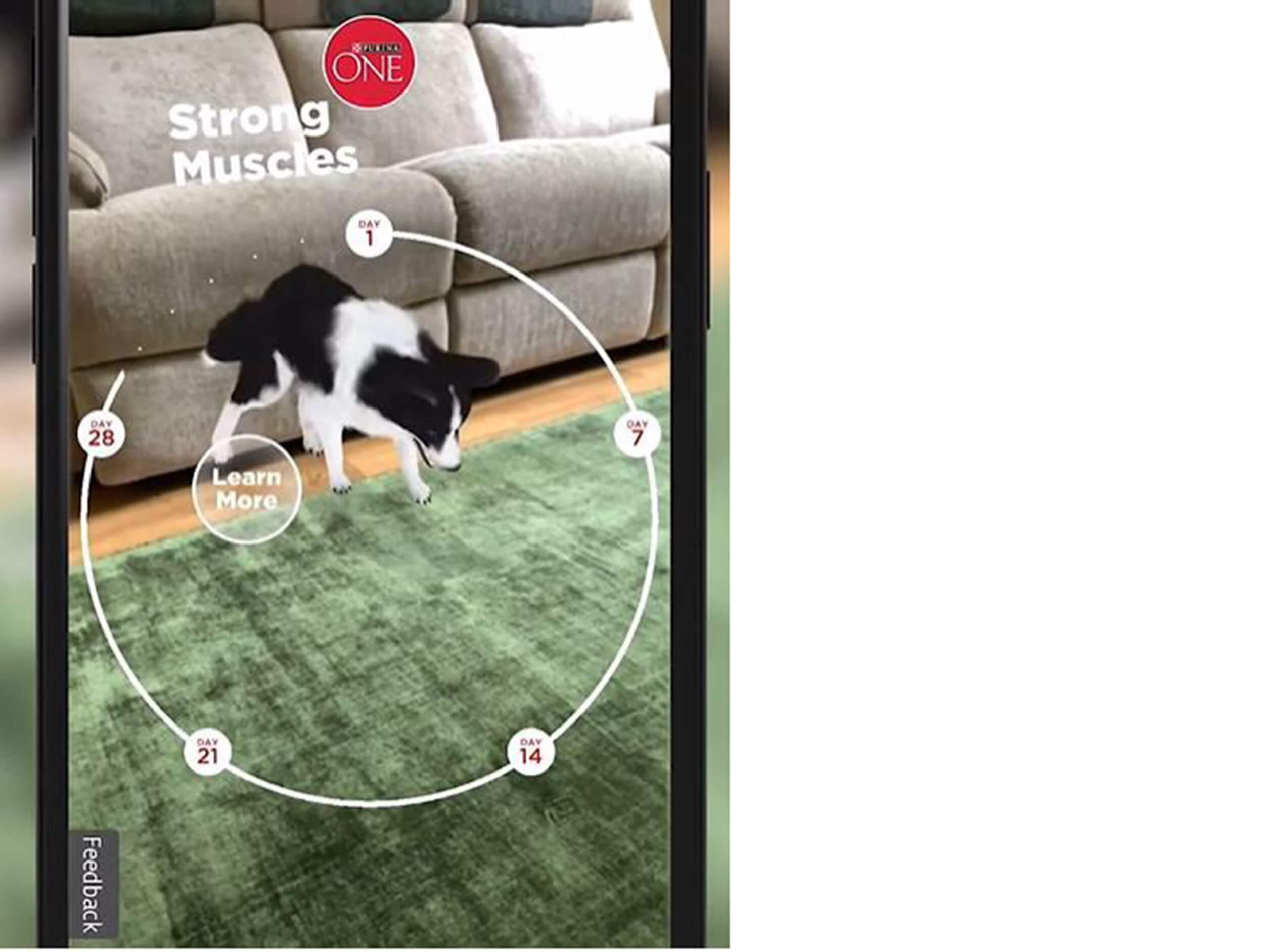
Purina used Web AR technology to hit a number of bases, such as customer education, awareness, and conversion.
Conclusion
Web-based augmented reality has proven results. Its massive reach, ease-of-use, and accessibility have made it one of the most exciting marketing tools today. Rock Paper Reality (RPR) creates effective Web AR for clients ranging from startups to Fortune 500s. As an agency that thrives in developing best-in-class AR experiences, RPR handles the entire process from conception to roll out. Clients such as Lenovo, Hilton Hotels, and Microsoft have all enjoyed the benefits of well-executed Web AR by RPR including increased brand engagement, revenue, and conversions.
